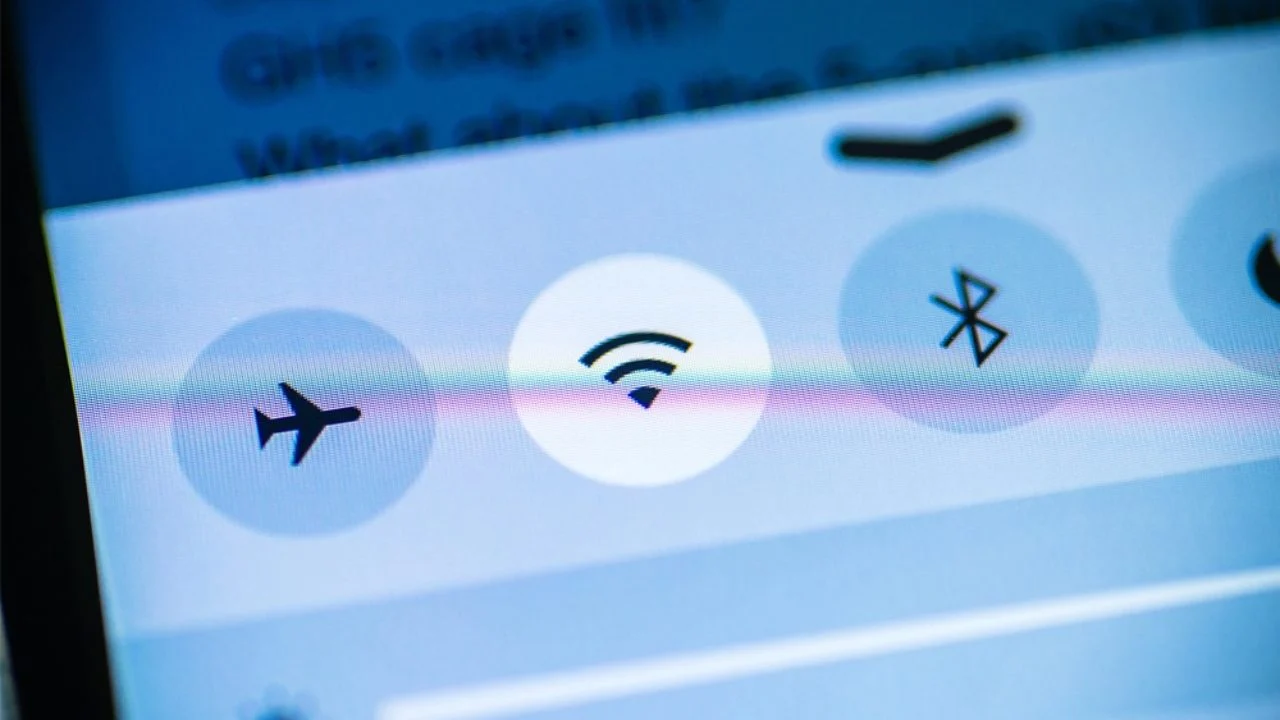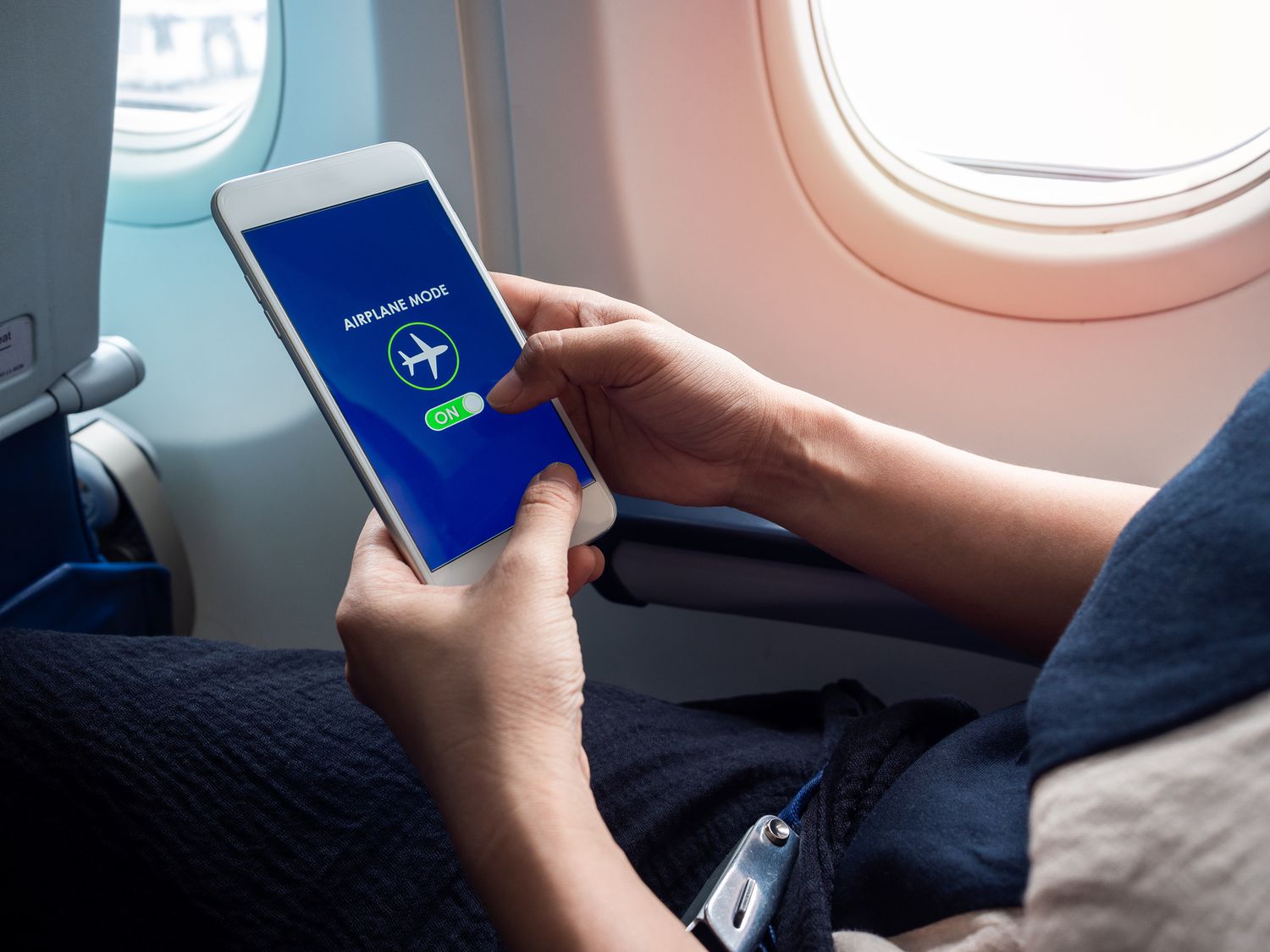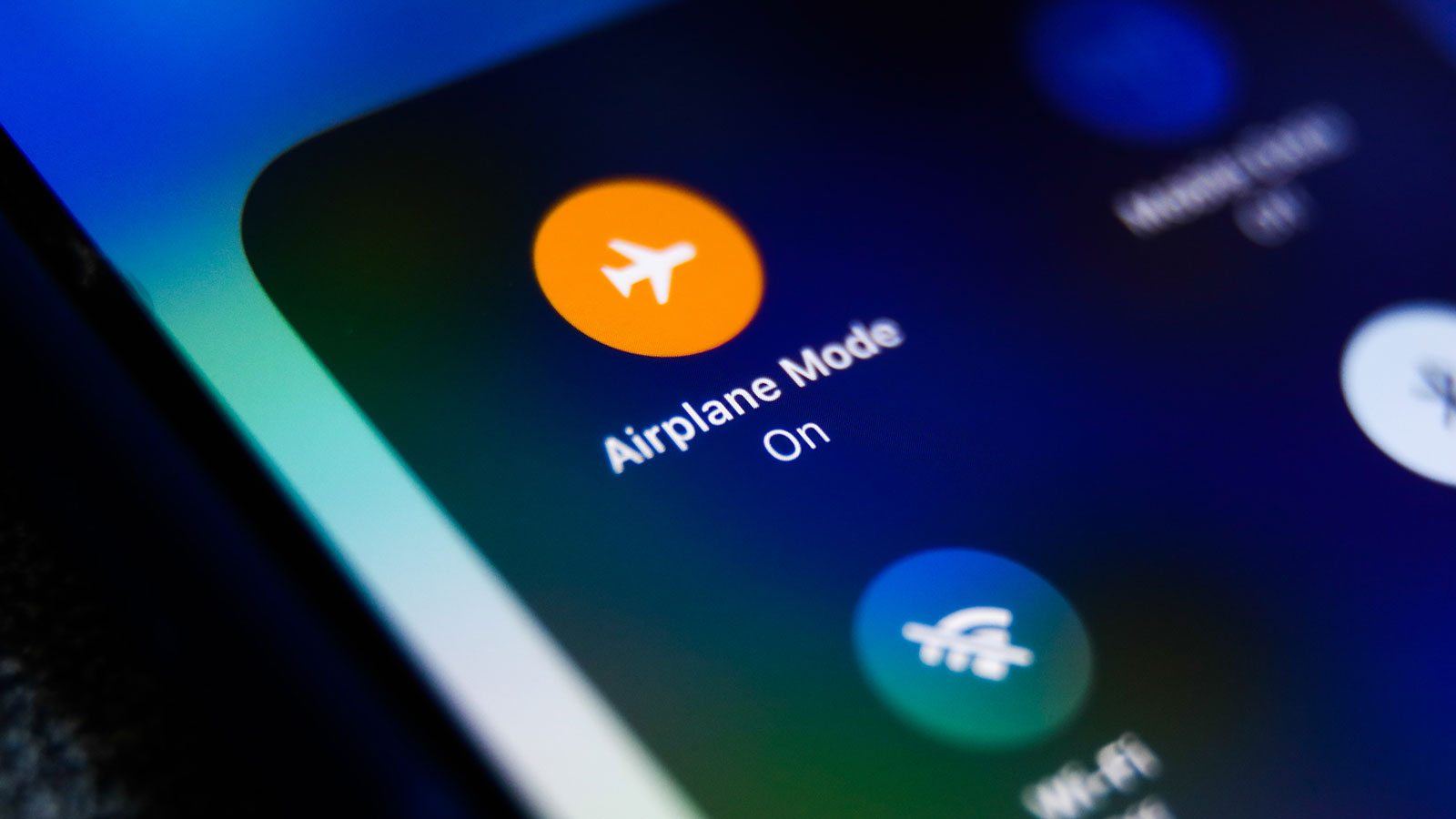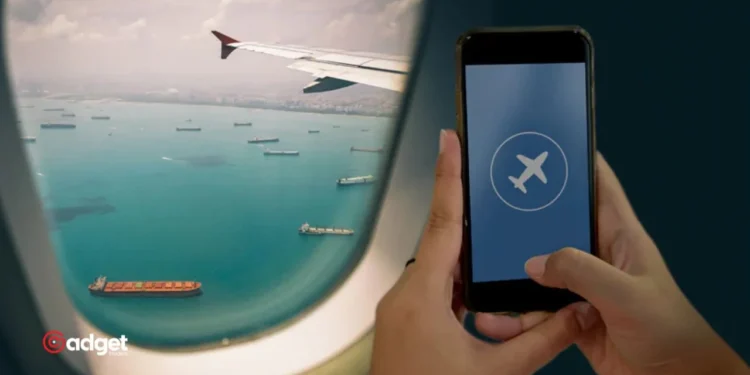Air travel has become an integral part of modern life, enabling us to traverse vast distances in just a few hours. Amid the conveniences of flying, one common instruction given to passengers is to switch their mobile devices to flight mode. But why is this simple action so crucial during flights?

Why Flight Mode is a Must in the Skies
Avoiding Interference with Aircraft Systems
One of the foremost reasons to activate flight mode is to eliminate the risk of electronic interference that can affect the aircraft’s navigation and communication systems. “Modern aircraft are equipped to handle various interferences, but it’s always better to be safe than sorry, especially during critical flight phases like takeoff and landing,” notes an aviation expert. This precaution ensures that the electronic signals from passengers’ mobile devices do not disrupt the sensitive onboard instruments.
NEW: People are finding debris from the Alaska Airlines flight where the door plug flew off, including a phone that was on and still in airplane mode according to @SeanSafyre.
Insane.
The search for the "door plug" still continues but the National Transportation Safety Board… pic.twitter.com/83CiLjuDLW
— Collin Rugg (@CollinRugg) January 8, 2024
Ensuring Safety and Compliance
Airlines and aviation authorities uniformly enforce the use of flight mode to adhere to safety regulations. This requirement is not just a matter of protocol but a significant contributor to the safety and efficiency of the flight operations. “By switching your phone to flight mode, you contribute directly to a safer flying environment,” a seasoned pilot shared. It’s a collective effort that enhances the safety of everyone on board.

Minimizing Radio Frequency (RF) Emissions
Mobile phones emit radio frequency signals when they are used to transmit data or connect to cellular networks. While these signals are generally low-power and harmless to humans, they can still potentially interfere with aircraft systems. “The RF emissions from a single phone might be minimal, but imagine the cumulative effect of hundreds of phones on a plane; it’s a risk we cannot ignore,” explains an airline safety officer.
Preserving Battery Life
Another practical benefit of using airplane mode is the conservation of your phone’s battery life. Since flight mode disables the power-hungry functions of your device, like cellular data and Wi-Fi, it allows your phone to save much-needed battery power. “Turning on flight mode can significantly extend your phone’s battery life, letting you stay connected or entertained throughout your journey,” comments a frequent flyer.

Respecting Airline Policies
Adhering to airline policies regarding the use of electronic devices, including the activation of airplane mode , is a show of respect towards the cabin crew and fellow passengers. It helps maintain a harmonious atmosphere onboard. Ignoring these guidelines can lead to safety risks and disrupt the peaceful travel experience for everyone involved.
Conclusion: The Significance of Flight Mode
Next time you’re aboard an aircraft, remember that switching to flight mode isn’t just about following a rule—it’s about ensuring the safety, efficiency, and harmony of your flight experience. As you ascend above the clouds, take a moment to appreciate the technology and regulations that make air travel safe and enjoyable for everyone.










